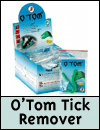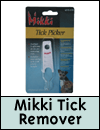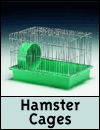 Cats thrive if there are toys around to play with. Generally they use them for pretend hunting games, and being natural hunters, they enjoy this experience a great deal. Cats are also very inquisitive creatures so having a new object to explore and get to know provides a lot of interest to their day.
Cats thrive if there are toys around to play with. Generally they use them for pretend hunting games, and being natural hunters, they enjoy this experience a great deal. Cats are also very inquisitive creatures so having a new object to explore and get to know provides a lot of interest to their day.They particularly enjoy toys that move, as this allows them to “pounce”. They also like toys that make a sound. Even very small movements or sounds will catch the attention of a cat. Toys for your cat should always be smaller than the cat itself, as they won’t want to play with something too big. In the same way that children can, cats can choke if a toy is defective or contains small parts that can be swallowed. This should always be taken into consideration when you are purchasing a toy for your pet.
Variety of toys is a good idea if you want to keep your cat as happy as possible. You can place a few around the house, and every now and again rotate them with another set. This prevents boredom and it’s also a clever way to trick your cat into believing they are being given new toys, when in fact it is the same ones being rotated!
Toys can also play a vital role in your cat’s health. Often house cats won’t get as much exercise as they need, so play time/hunting practice with their toys can fill that gap. It also prevents house cats from getting bored or anxious as their mind is occupied and they have something to do all day.
What toys can you recommend for cats? Do your cats enjoy playing with toys? Have you ever experienced any problems with particular types of toy? Send in your comments below.




